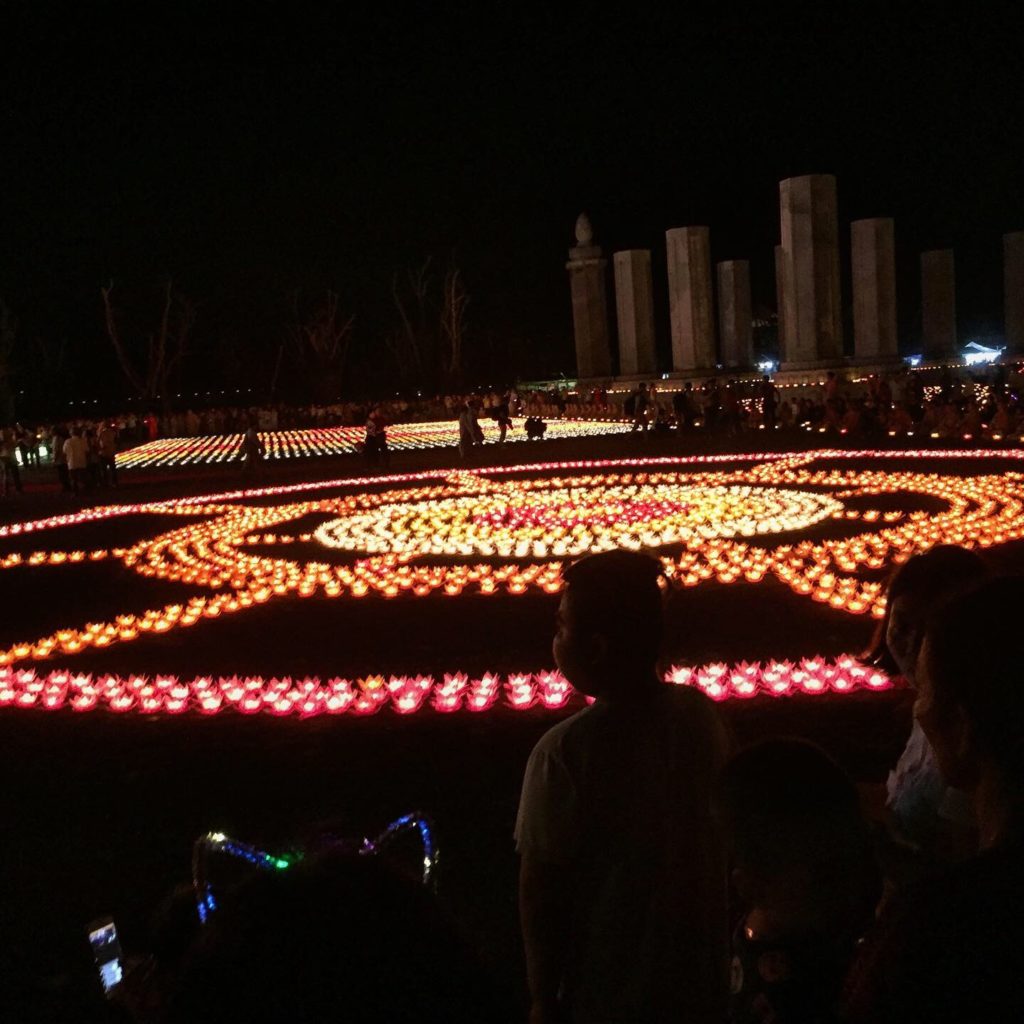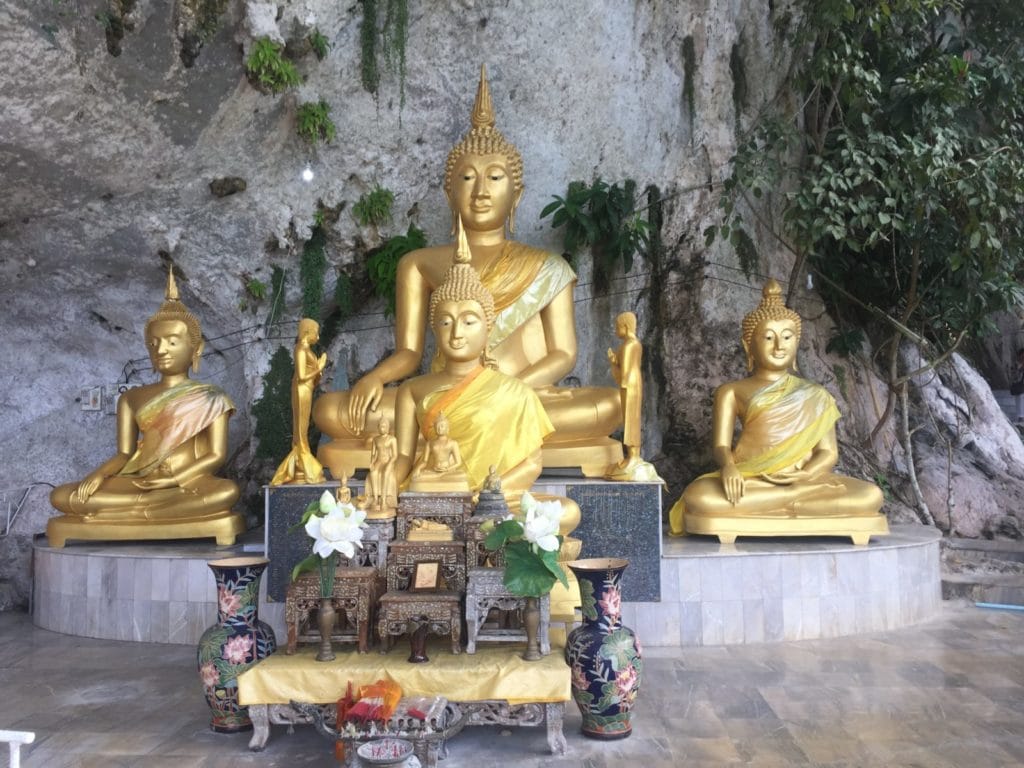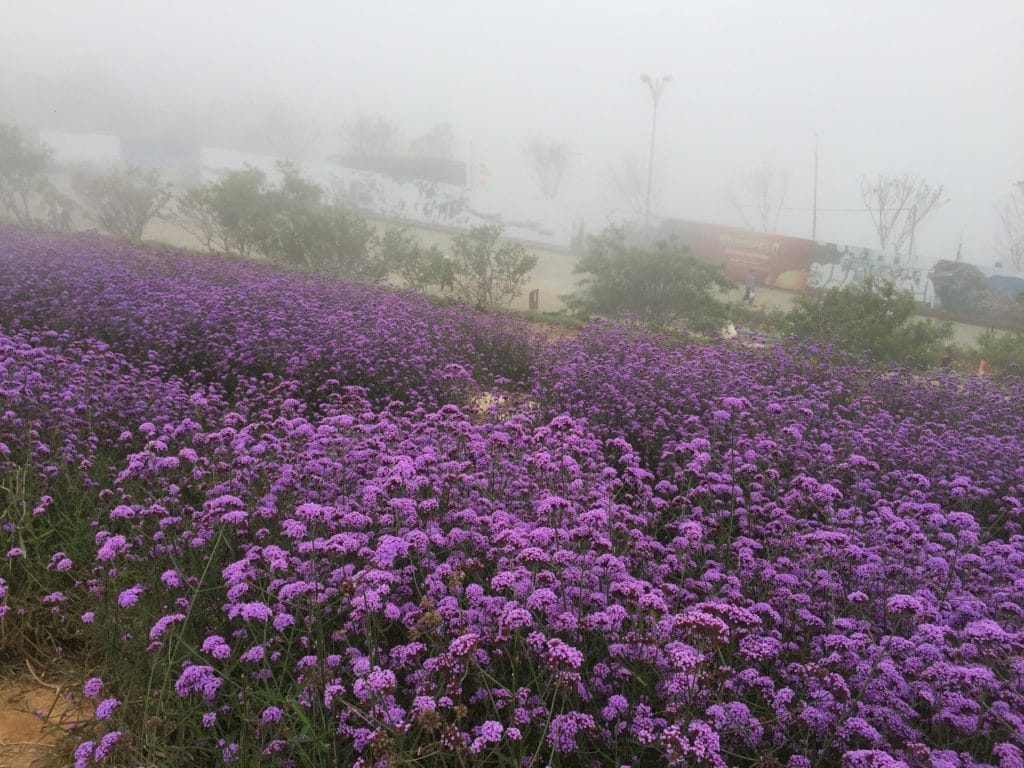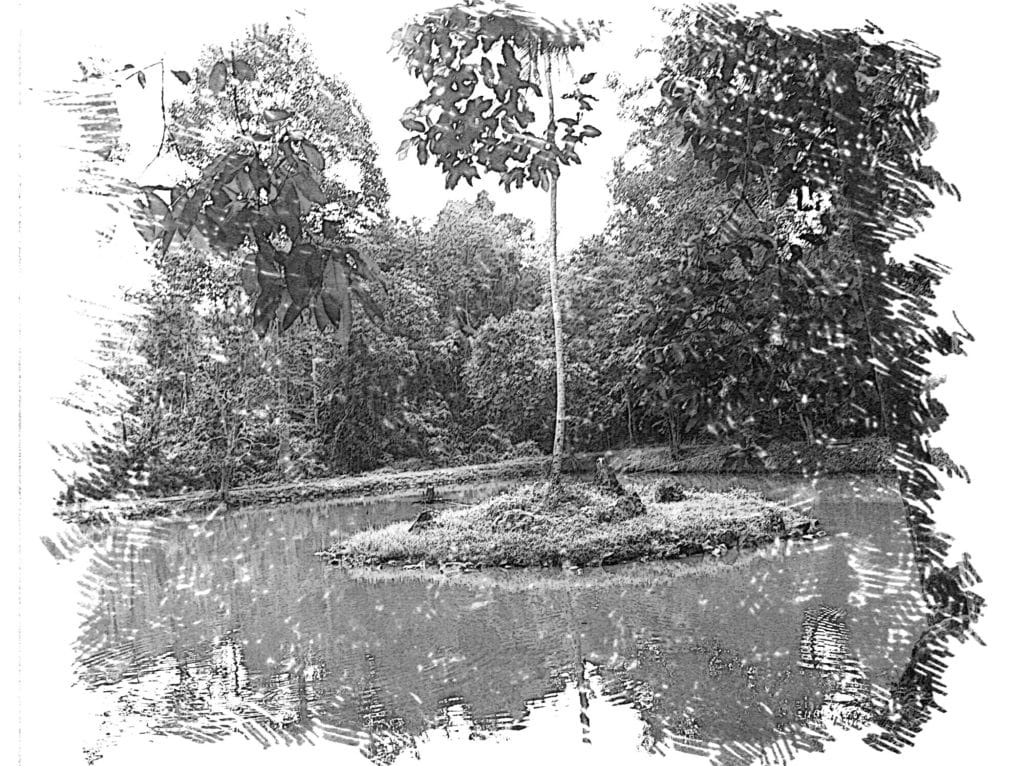I spent the first two weeks of August in Suan Mokkh meditation center near Chaiya, Thailand. It was my second time there, and I was able to truly relax and put aside all of the “outside world” happenings, all the worries, hopes, and cravings, if not forever, then just for those ten days. This experience is how I improve my Mindfulness meditation practice by contemplating impermanence. It has changed my life. I also realize that I want to share my insights and feelings with you. I hope that I will be able to help you find your happiness and peace of mind. It is not a deep Buddhist lecture. It is only one of the possible ways to get to inner peace and calmness in everyday life by using this knowledge and techniques.
In the previous post, I wrote about the importance of “living in the moment”. This truth was the first lesson I have learned. Understanding impermanence is the second. I still have a lot to learn, but I hope I can do it together with all of you. It feels much better to go through this process like a community than all alone.
Knowing things as they really are
Meditation of insight (Vipassana) gives you an understanding of the things how they really are. One of the basics of Buddhist philosophy is the three marks of existence or three characteristics of all existence and beings. They are impermanence (aniccā), unsatisfactoriness or suffering (dukkha), and non-self (anattā).
There are many definitions of Three characteristics (as in Wikipedia), so I do not need to invent new ones:
Anicca
Impermanence (Pali aniccā, Sanskrit anitya) means that all conditioned things (saṅkhāra) are in a constant state of flux. Buddhism states that all physical and mental events come into being and dissolve. Human life embodies this flux in the aging process, the cycle of repeated birth and death (Samsara), nothing lasts, and everything decays.
Dukkha
Dukkha (Sanskrit dukkha) means “unsatisfactoriness, suffering, pain”. The dukkha includes the physical and mental sufferings that follow each rebirth, aging, illness, dying; dissatisfaction from getting what a being wishes to avoid or not getting the desired, and no satisfaction from saṅkhāra dukkha, in which everything is conditioned and conditioning, or because all things are not experienced as impermanent and without any essence.
Anatta
Anatta (Sanskrit anatman) refers to the doctrine of “non-self”, that there is no unchanging, permanent Self or soul in living beings and no abiding essence in anything or phenomena.
Contemplating impermanence
In Buddhism, The Second Noble Truth teaches that the cause of suffering is greed, desire or craving.
We continually search for something outside ourselves to make us happy. But no matter how successful we are, we never remain satisfied. In no way, we ought to give up everything we love to find happiness. Instead, we must let go of the attachments to what we desire. We can improve our Mindfulness meditation practice by contemplating impermanence.
All shell past. It is the same with bad and good things. They are all impermanent. Attachment to them brings unsatisfactoriness and suffering. We must not attach ourselves. It is hard to do so. Mindfulness meditation can help us achieve this. In our meditation of insight (Vipassana), we can contemplate impermanence.
Impermanence is the cornerstone of Buddhist philosophy and practice. All that exists is impermanent; nothing lasts. You cannot grasp and keep anything forever. When we don’t realize this truth, we suffer. When we do, we have real peace and understanding, because we remain fully mindful and calm.

What is impermanent?
This section is based on the Suan Mokkh meditation retreat course.
In order to understand how to contemplate impermanence, we must know what is impermanent?
All conditioned things are impermanent; In Buddhism impermanent is the Five Aggregates. Those are Materiality, Feeling, Perception, Mental Formations, and Consciousness, or materiality and mentality. They form in general the object of Insight (Vipassana).
Six Internal Sense-Bases are eye, ear, nose, tongue, body, and mind, including the corresponding Consciousness arisen through each of these six Sense-bases, together with other things which function jointly. Each of them is subject, performing the corresponding function of seeing, hearing, etc. The Five Aggregates are objects. Having seen that both the subjective and the objective worlds are impermanent, you do not cling to them. You realize that both are impermanent.
The next group, the twelve links of Dependent Origination, is a topic for itself, so it will not be described in this post.
The characteristic or nature of impermanence is manifested essentially in the sense of arising, decaying, and ceasing, nothing is in the same state all the time; there is continuous change. The term impermanence not only shows the process of arising and ceasing but also shows that each new arising is not the same as the preceding arising.
How to contemplate impermanence
In your meditation practice, you should watch closely the nature of impermanence all the time with each breathing in and breathing out is called one who contemplates impermanence. This practice is how to improve Mindfulness by contemplating impermanence.
In the beginning, you can consider the impermanence of conditioned things (saṅkhāra) in groups. For example, consider the five Aggregates which taken together are conventionally called a ‘person.’ A person is born as a child and then gradually grows up, grows old, and finally dies. Or to analyze, the life span is divided into three periods, youth, middle age, and old age, and each period is full of very many changes. However, contemplating or considering this way is still coarse. Things change not only every day, every hour or a minute, or even second; they are changing every single moment.
We can now see those different things come into being dependent on many layers of causes and conditions. Impermanence or change is not directly inherent in different things as such but is inherent in their causes and conditions arise, decay, and die. These are altogether impermanent because they again are dependent on causes and conditions which are again impermanent in themselves, and so on and on.
Different things change because they are dependent on conditions that change and this dependence on conditions go on in an infinite regress.
Do not rationalize this
It is important not to approach this contemplation as reasoning, rising it to the intellectual level. You must be turned inward and watch closely different things within, which you made manifest or given rise to, then see the change inherent in those things and note at the same time the change appears in your mind as well. You will contemplate that in the present, and then you must note how they come to be gone. Practicing like this, you accept the fact of impermanence, thoroughly realizing it.
To contemplate each breathing in and to breathe out leads to contemplating the body directly and closely, so you can gradually accept the impermanence of the body and eventually give up clinging to it. Achieving this you will improve your Mindfulness by contemplating impermanence.
In contemplating feelings, you must first make the feeling actually manifest. Having given rise to the feeling, you should then watch it closely and contemplate its characteristics of impermanence. Also, contemplate the different causes and conditions which account for the state of impermanence.
The true benefit of contemplating impermanence
We now know that impermanence (aniccā) means that all physical and mental events come into being and dissolve. Human life embodies this flux in the aging process, the cycle of repeated birth and death (Samsara), nothing lasts, and everything decays.
When you accept this position, not by rationalizing it but have truly inside knowledge of it, you will feel liberated, and on your way to true happiness and peace of mind.
Practice is everything
To accomplish our inner peace, we need to practice. Practicing mindfulness with breathing (Anapanasati), even for ten minutes every day, means that we are nearing our goal to live with peace in our mind and alignment with nature. Do not take our word for it. You need to practice and try for yourself. If it is working for you, as for many people so far, you will know whether this practice is genuinely beneficial. You must be persistent and committed to your goal.
If you want to know more
If you want to learn more about things I write about, check out my books. See also what the goal of this web site is.
Enjoy reading!
You can check out my other post about Mindfulness.
I invite you to use all the resources I provided for you and to share your thoughts and comments.
If you like this post, please subscribe here, get FREE E-BOOK NOW, and get a notification when future posts are published. Also, share with your friends and Like on social media using the buttons below.
….
Share



